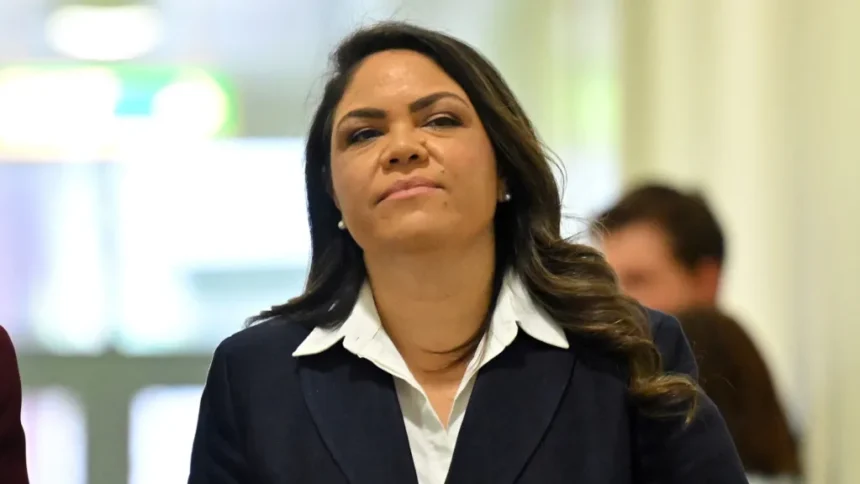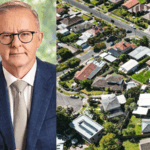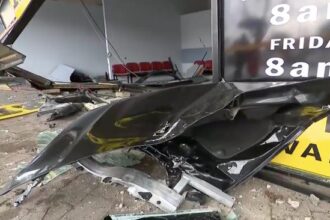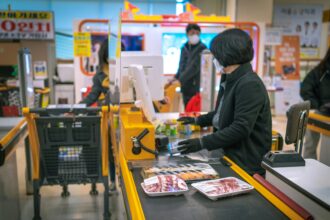A Leadership Crisis Deepens
Australian politics is currently engulfed in a storm of ambition and internal chaos, especially within the Liberal Party. As leadership struggles intensify, what once was a political machine now resembles a fragmented battlefield. With nearly half a dozen hopefuls vying for power, the future of the party hangs in the balance.
The Blame Game Begins
Following a disastrous May 3 election, blame is being tossed around like a political hot potato. The NSW moderates have aimed their frustrations at Richard “Skeletor” Alston and Alan Stockdale, telling them to pack up their influence and head back to Victoria. Meanwhile, the Victorian Liberals aren’t having it—refusing to accept responsibility for the party’s poor performance in their state.
The Rise and Fall of Jacinta Price’s Ambitions
A Surprise Exit From the Deputy Race
Among the chaos stands Jacinta Nampijinpa Price, a recent defector from the Nationals, who was expected to contest the deputy leadership. After being recruited by Angus Taylor, Price unexpectedly pulled out—leaving her backers feeling betrayed and Taylor’s strategy in ruins.
Political Hurdles and Public Persona
What complicates Price’s ambitions further is her current position in the wrong house and former alignment with the wrong party. Still, in politics, those hurdles can be overcome with a few parliamentary maneuvers and party realignments. Referred to as a “firebrand” and a “rock star with the base”, Price tried to strike a diplomatic tone after Sussan Ley’s victory, saying she “respected the decision” of the party she had just joined.
A Divisive Candidate for the Top Job
She later told Sky News, “There are a lot of Australians who would love to see” her as prime minister. However, it’s worth noting that most of those supporters are either 80-year-old white male self-funded retirees sharing conspiracy theories on Facebook, or employed by News Corp.
That’s one would-be leader down—although which party she belongs to is still anyone’s guess.
Leadership Contenders Step Into the Light
Andrew Hastie Bides His Time
Next in line is Andrew Hastie, who, while not contesting leadership this time, revealed his intentions plainly: “I do have a desire to lead”, explaining that “the timing was all out for personal reasons.” That brings the count to two.
Hastie, often painted as a religious conservative by progressive critics, voiced concern over the “deindustrialisation of Australia”, a sentiment echoing long-standing anxieties on both sides of the aisle about manufacturing decline.
Tim Wilson’s Flirtation with Power
Enter Tim Wilson, the Liberal equivalent of Adam Bandt. Despite not yet officially reclaiming his seat, Wilson flirted with the idea of a leadership run. With backing only from Jason Falinski—who hasn’t been in the party room for years—Wilson eventually bowed out. He jokingly mirrored history as a would-be “youngest conservative leader since Pitt the Embryo,” or, in Aussie terms, Lex Downer’s ill-fated run in 1994.
Other Names in the Mix
Let’s not forget the ever-calculating Angus Taylor, whose failed attempt to install Price as his deputy backfired spectacularly. And then there’s Dan Tehan, once floated as a compromise candidate, who has wisely stayed silent after declaring he wouldn’t run.
That’s five Liberals either officially in the running, floated as options, or pulled back from the brink—not including the actual new leader, Sussan Ley, who’s facing the real-life heartbreak of her mother’s decline while trying to name a frontbench.
Sussan Ley’s Uphill Battle
Seasoned But Surrounded
Ley has more than two decades of political experience. She’s dismissed the notion that she’s a victim of the so-called “glass cliff”, asserting she’ll still be leading the party in three years. She’s no stranger to sabotage, having witnessed Brendan Nelson’s leadership collapse in 2007 after relentless internal criticism.
Insiders warn that anyone underestimating Ley does so at their peril. She’s far tougher than she appears and knows how to navigate the treacherous waters of conservative politics.
Sky News Politics in Real Time
Meanwhile, Taylor’s attempt to engineer a far-right takeover has many comparing it to building the parliamentary wing of Sky News. His moves alienated moderates and centrists alike, further deepening the rift within the Liberal ranks.
Labor Not Immune from Infighting
Richard Marles’ Leadership Shadow Game
Over on the Labor side, things aren’t exactly peaceful either. Richard Marles, the current defence minister, has long been regarded as inept by critics—yet still harbors ambitions of becoming prime minister. Niki Savva recently sharpened the spotlight on him, noting with surgical precision: “Difficult as it might be to believe, Marles has leadership ambitions.”
Marles was advised to be patient and let power naturally gravitate to him. Instead, he chose the path of internal conflict—a move that has triggered leaks, infighting, and factional warfare inside Labor, especially in his home state of Victoria.
Dreyfus Under Threat
The political bloodletting has not stopped with Marles. Attorney-General Mark Dreyfus now finds himself at the center of speculation. After being metaphorically stabbed in the back by Marles—possibly with that leadership baton he’s been carrying—Dreyfus is reportedly on the way out. Factions are already maneuvering through the media to determine who gets his seat.
Politics in a State of Civil War
Victory Doesn’t Mean Unity
Winning over 90 seats won’t stop the ALP’s grimiest elements from surfacing. Backstabbing, factional warfare, and personal ambition continue to infect even the most successful governments.
As both major parties spiral into their own internal conflicts, the broader implications for Australian politics are enormous. For the Liberal Party, the question is whether it can rebuild before the next election. With so many internal divisions, personalities, and egos, the party risks remaining in the political wilderness far longer than expected.
Sussan Ley’s Moment of Truth
Sussan Ley remains the face of a fractured party, attempting to forge a path through a minefield of ideological battles and media scrutiny. But whether she can hold it together while would-be successors circle like vultures remains to be seen.
Unless the Liberal Party resolves its identity crisis and figures out what it truly stands for, its civil war will continue to play out—not just behind closed doors, but in full view of the Australian public.






